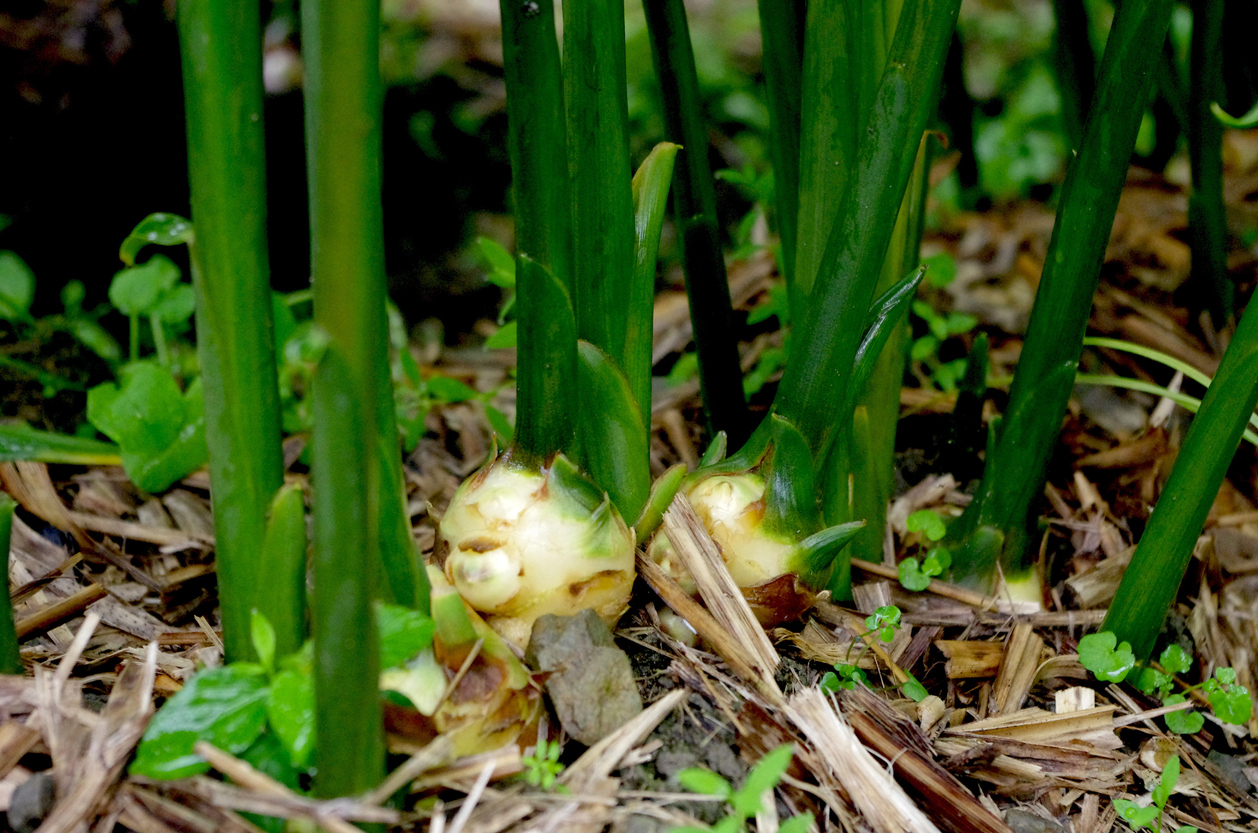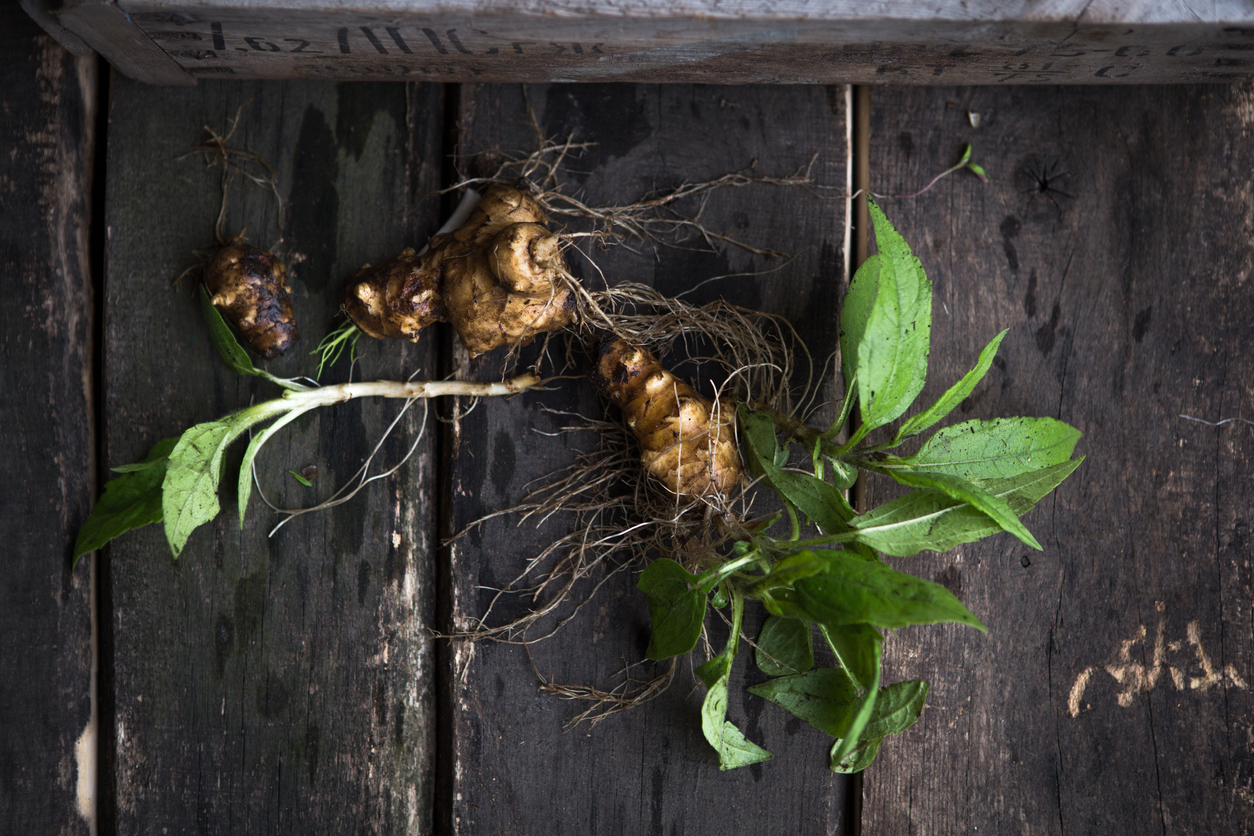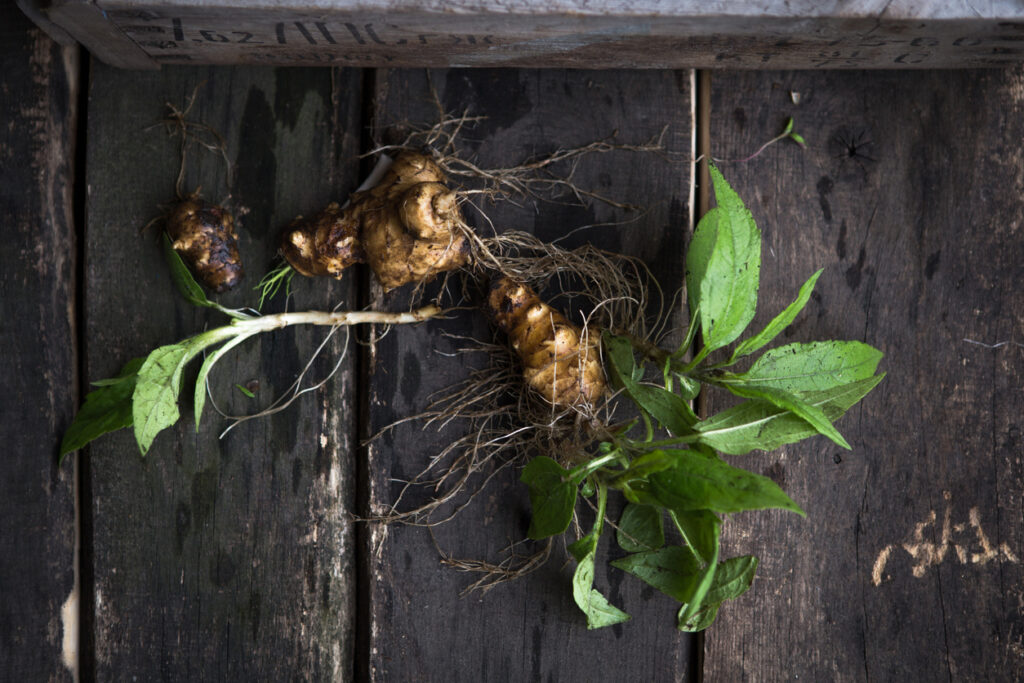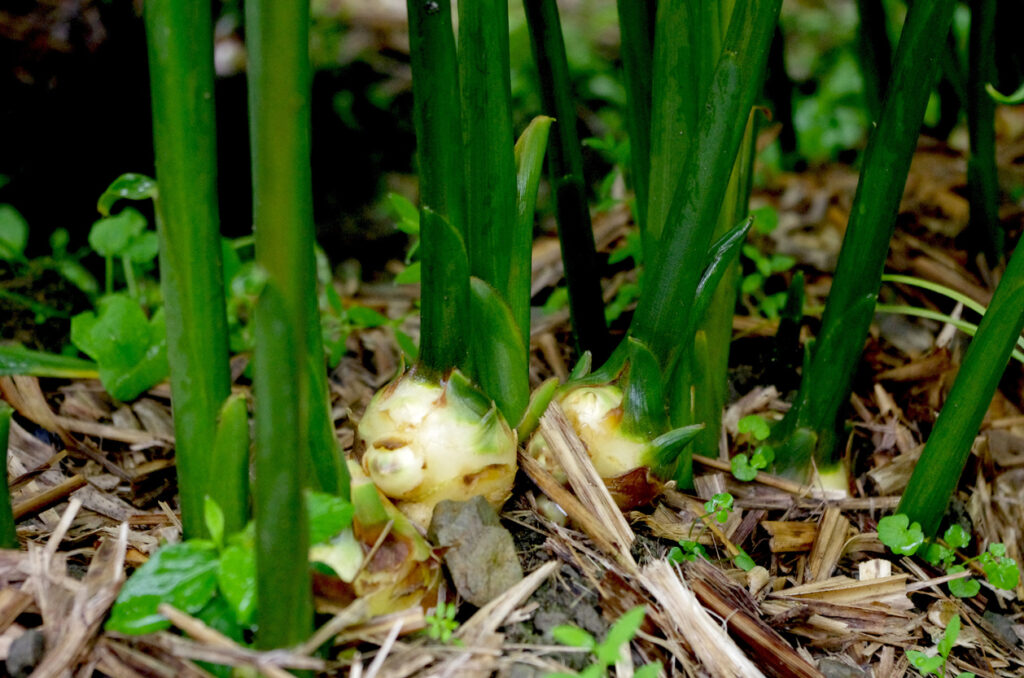Ginger Plants Care – How To Grow And Harvest Ginger
For some, ginger plants are the spice of life. But others wouldn’t even touch the stuff. However, that’s not fair to the versatile herb that serves as a food, medicine, and an ornamental plant all rolled into one. So if you are only familiar with the ginger roots with their intense taste, you’re probably missing out. Other ginger varieties are mainly for show and tend to bring a touch of beauty and brightness to your living room as well as your garden.
Best of all, you can grow the hardy ginger as an indoor or an outdoor plant and it will practically survive on its own with minimal care on your part. So which ginger varieties to grow and how do you harvest ginger when it’s buried underground? Read on to find out all you need to know about planting, caring for, and harvesting ginger plants.
All about Ginger
As tropic herbs, ginger plants (Zingiber officinale) were first cultivated in South Asia and West Africa. It has a fast growth rate and tends to spread out aggressively and become quite competitive over resources against other plants.
With USDA hardiness zones between 7 and 10, ginger thrives in the southern parts of California, Texas, Arizona, Florida, and Hawaii. If you live in more temperate regions, you could still grow it as a houseplant in pots. It would require some extra care to provide the right growing conditions for this perennial, but it’s well worth it.
A member of the Zingiberaceae family, it goes by many names including flowering ginger, ornamental ginger, Jenjibre dulce, or just ginger. The herbaceous perennial grows to about 4 or 5 feet high and has bright blooms. Depending on the species, the flowers could be red, orange, or yellow.
Whether fresh or in powder form, ginger is packed with nutrients that contribute to your overall good health. These include magnesium, potassium, vitamin B6, manganese, and copper.
Ginger Plants Benefits
For millennia, ginger plants have been man’s best friend. The roots seasoned the food and made it more palatable, the ginger powder was the main ingredient in many traditional medicinal concoctions, and the flowery varieties decorated homes and gardens everywhere. From ginger ale and gingerbread to spicy cakes and sweets, ginger is an indispensable herb in your kitchen. So what active ingredients are in ginger and what are their health benefits?
- Gingerol is the active ingredient in ginger is effective against nausea and other stomach problems.
- A capsule of powdered ginger helps pregnant women with morning sickness.
- The root whether fresh or in powder form helps with certain types of inflammation.
- In traditional medicine, ginger is prescribed to treat circulation problems.
- People who suffer from congestion and other respiratory conditions usually get relief from their symptoms when they drink boiled ginger roots.
- For centuries, ginger was the go-to herb to treat the common cold, headaches, indigestion, menstrual pain, and diarrhea.
- The spicy herb has also been used as a treatment for impotence and was considered an aphrodisiac in some cultures.
Naturally, you’d want to consult with your doctor before you self-prescribe ginger for any of the above health conditions. In some cases, ginger might counteract with some medications, so it’s not recommended to use it as a medicine.
Ginger Plants Varieties
With over one thousand species to choose from, ginger is anything but a simple plant with limited varieties. Not all of these varieties, however, will grow in your garden. Some varieties can only grow in tropical conditions. With that in mind, here are some of the most popular ginger varieties that you can grow either as a houseplant or in your garden.
- Common Ginger: The spicy and pungent rhizomes of this variety are practically a part of every cuisine the world over. It grows well in gardens as well as in pots. It requires filtered sun and high temperature and levels of humidity.
- Beehive Ginger: An ornamental plant that grows in Southeast Asia. Its flowers have a deceptive appearance and look like beehives. When they mature, the flowers become red. In traditional cuisines from that region, the leaves and roots go into many exotic dishes.
- Bitter Ginger: All ginger varieties are bitter, but this one is exceptionally so. It has red flowers that grow out of the stems. While you can grow as an ornamental plant, it is often used in making shampoo and in herbal medicine.
- Crepe Ginger: A tall plant that reaches about 10 feet at maturity. The white flowers are its most distinguishing features along with the bright green leaves that look like crepe paper. It has a very strong and acrid taste although the edible flowers have a milder taste.
How to Grow Ginger
One thing that can be said about ginger plants is that they’re easy to grow. All you need is the right ginger rhizome and suitable conditions. But even if you don’t live in an area blessed with warm weather and high humidity levels, you can still grow it indoors as a potted plant. Here’s how to grow ginger in easy steps.
-
- Start your ginger about 6 weeks after the last frost and make sure the soil is at least 70 degrees Fahrenheit.
- Pick a healthy ginger root that you can get at the store. Make sure the root is organic, plump, and wrinkle-free. Wrinkles often imply that the root is drying up which makes it unlikely it will sprout.
- Cut the rhizome using a sanitized knife. Each piece should have at least three eyes (the pointy ends) and is at least one inch wide.
- Leave the cuttings in a dark and dry place for a few days. They will heal and form a protective callus.
- Pick a spot in your garden that gets filtered sun and break the top 6 to 8 inches of the soil.
- Work in a generous portion of organic compost to improve the soil.
- Dig a hole between 2 to 4 inches deep for each ginger cutting and place it in the hole with the eye pointing up. Cover with loose soil.
- Space out the ginger cuttings about 8 inches apart.
- Water the soil to get it moist but don’t overwater it as this could cause the ginger to rot.
- Keep the soil moist and water it lightly every day to keep it from getting dry.
- The ginger will sprout within a few days. If it doesn’t sprout after a couple of weeks, you will need to dig it out and try again with a different rhizome.
Ginger Plants Care
As easy as growing ginger might sounds, caring for ginger plants is even easier. Apart from water, the hardy herb is content to feed on the nutrients in the soil and grow its delicious rhizomes that look like antlers.
Soil
One of the best ways to give your ginger plants a head start is to make sure the soil is rich with organic material. As we have seen, you usually do this before you plant the ginger root in the soil. Ginger thrives in a rich and loamy soil. It can tolerate slightly acidic soil but alkaline soil is not in the plant’s best interests. Bring the pH levels down to between 6.1 and 6.5. You can add one portion of perlite or coarse sand to every two portions of soil to improve the acidity of the soil. This will also improve soil drainage and prevents root rot.
Light
The light needs of ginger plants vary depending on the variety you grow. The common ginger usually needs filtered light so you need to plant it in partial shade away from strong winds. If you grow ginger indoors, you can place it on a window sill facing the south or west and draw a thin curtain to cut off the intense summer sun glare. Some ginger varieties can grow well in full shade.
Water
While ginger plants love moist soil, your watering should always be on the light side. In the summer months, you will need to water the plant every day. But when you water it, keep the soil moist without getting it wet. If the soil dries out fast, water the plants in the early morning before the sun gets too hot. You can also use a thick layer of mulch to improve water retention, and keep weeds from competing with the herb. When the temperature drops in the fall and winter, cut back watering but don’t let the soil dry out.
Fertilizer
Besides the organic fertilizer you provide for the ginger around planting time, you also need to use liquid fertilizer on a regular basis. Ginger plants are heavy feeders and you should apply a fertilizer high in phosphorus about once every couple of weeks. Heavy rainfall might impact the quality of the soil since it washes away the valuable nutrients. Apply slow-release organic materials since it tends to stay in the soil and feed the plants for many weeks between applications.
Harvesting
You can harvest ginger any time you need some fresh and juicy roots for cooking. But ideally, you’d want to wait for the plant to mature in the soil. Ginger plants can take between 8 to 10 months from the time you plant them to become fully mature. Furthermore, you can harvest some of the ginger rhizomes and keep the rest to mature on the plant.
Young ginger rhizomes don’t need to be peeled. You can use them in your dishes since they have mild flavors and their taste is less pungent. Mature rhizomes that are about 8 or 10 months old usually have thick skin and are packed with strong flavors.
When you dig out the whole plant, pick healthy rhizomes, cut them then replant them. That way you can keep ginger growing in your garden all year round, weather permitting.
Store the fresh ginger rhizomes at room temperature for up to 6 weeks. You can store ginger in the fridge where it will last for months.



